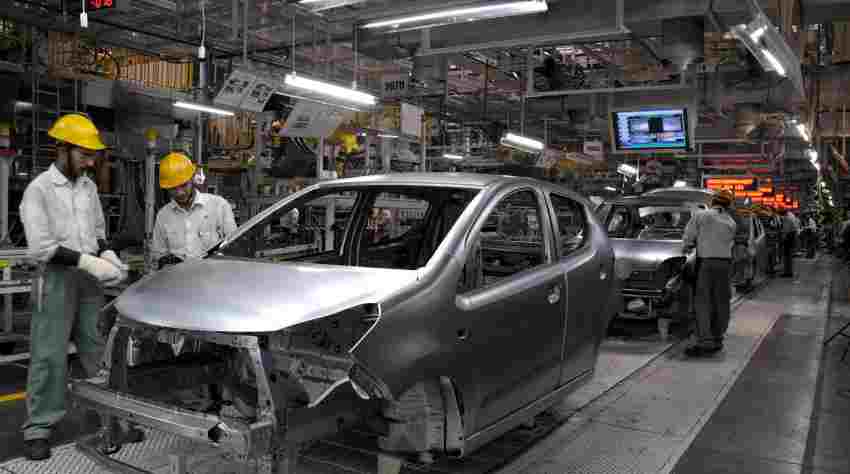Just few months back, when it was declared by the Indian Government that the vehicles with Bharat Stage III engines will be banned for new automobile buyers, the automakers and also the people from all over the country were tensed. Automakers were worried that it would create a heavy decline in the sale of vehicles in India, whereas the people connected with the automobile business were worried that this can force the automobile manufacturing giants to move away from the Indian market.
The recent reports suggested that none of the matters discussed above was worth worrying. Though the Supreme Court of India banned selling of Bharat Stage III vehicles from April 1 2017, the automakers did not stop moving away with the depression and started new ventures. It is quite clear that leaving the Indian market or reducing its focus for India would have not been a wise idea, as there is hardly any country in the world where one can find more potential buyers than India. In addition to the huge customer base growth and a stable rise in the automobile sales, the country helps manufacturers to produce automobile in a much cheaper price which ultimately leads to a greater profit for the automakers.
Wondering why India…?
Recently, it was reported that the automobile manufacturers can make huge investments in the factories to expand their production in India. It is expected that the automakers are going to invest around Rs. 52,000-65,000 crore in India within the time period of next three-four years to build up new or modify old factories to expand the level of production. Such huge amount of investments are expected to be made as the industry experts suggested that by the end of the decade, the country is set to become the third-largest market in the world for passenger vehicles.
What will India gain?
Analysts have suggested that this is amazing news for India. They commented that if the automobile makers make such a huge amount of investment in the country, it will boost the production of cars, utility vehicles and vans in India to a very prospective level. It is expected that if such a plan is executed, it will generate around 1.3-1.5 million units a year. The experts and industry insiders suggested that it is not only going to develop the automobile industry, but it will directly improve the Indian economy by generating employment for about 20,000-50,000 people.
The current scenario says that India stands as the fifth-largest market in the world in terms of the annual sale of passenger vehicles. India made another achievement by crossing the three million mark for the first time by growing in the double digits in the fiscal year which ended on March 31, 2017
Who are the investors?Â
When one says that which automaker is going to invest in India, it’s difficult to say the names as there are so many. Maruti Suzuki who rules the majority of the Indian roads along with its parent company Suzuki, Korea-based automaker Hyundai Motor and unit Kia Motors and Chinese automobile manufacturers like SAIC, Changan and Beiqi Foton along with Italy’s Fiat are the first names among the expected investors.
What are the investors planning…?
Along with the huge amount of monetary investment in the factories for production expansion program, the automobile companies are expected to spend another huge sum of money for upgrading the vehicles to meet the new and required safety and emission standards after SC’s decision to ban BS-III vehicles.
Present and the future
The recent records indicated that in India, the current industry of passenger vehicles has a production capacity of producing more than 5.5 million, but there are some companies that are running below the capacity. It was also reported that some companies are using India, and its resources just to export vehicles.
As the economy is expanding in a very fast pace in India, the disposable income is also rising and so does the need for mobility. This has led the experts to forecast that the annual sales of the passenger vehicles will rise by the end of the decade to a number more than five million.
Rajarshi Chatterjee


